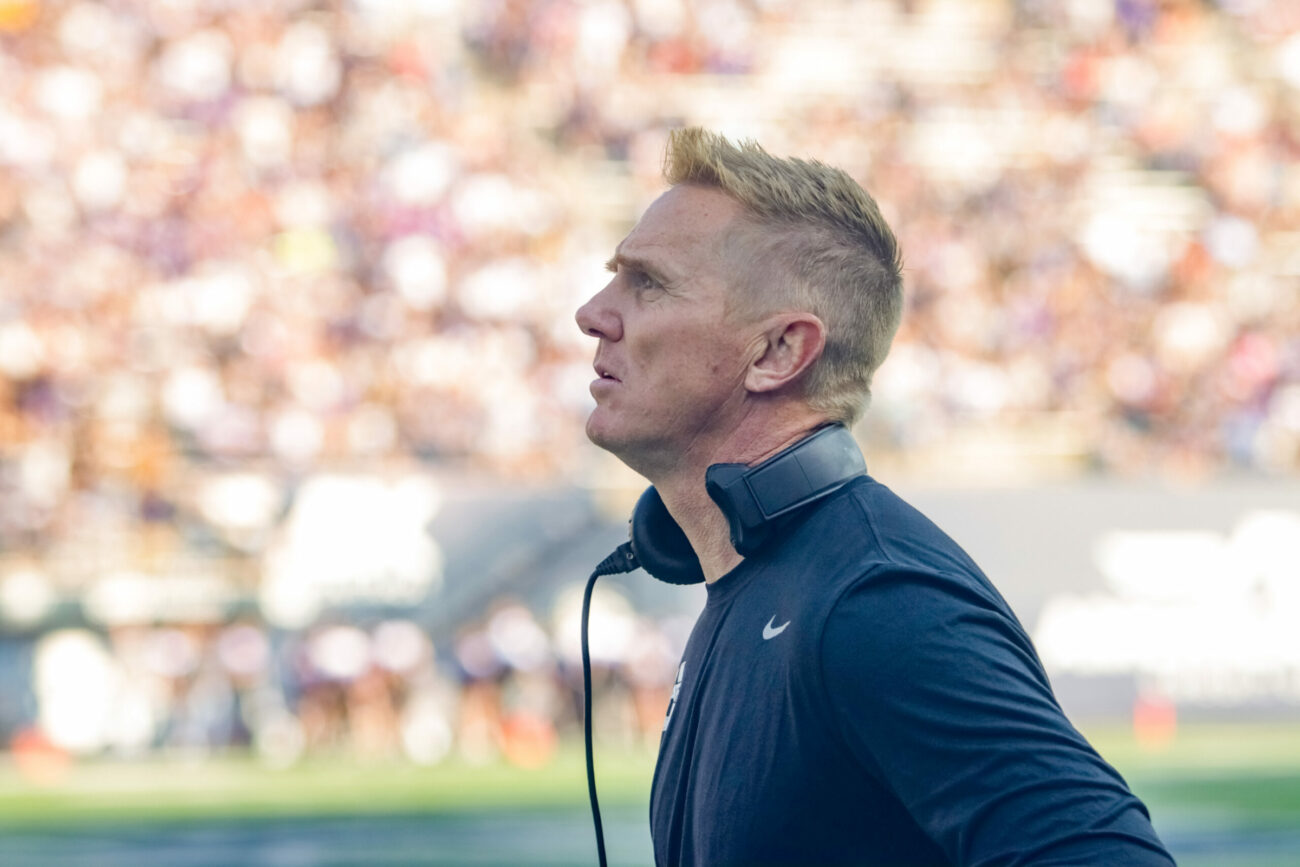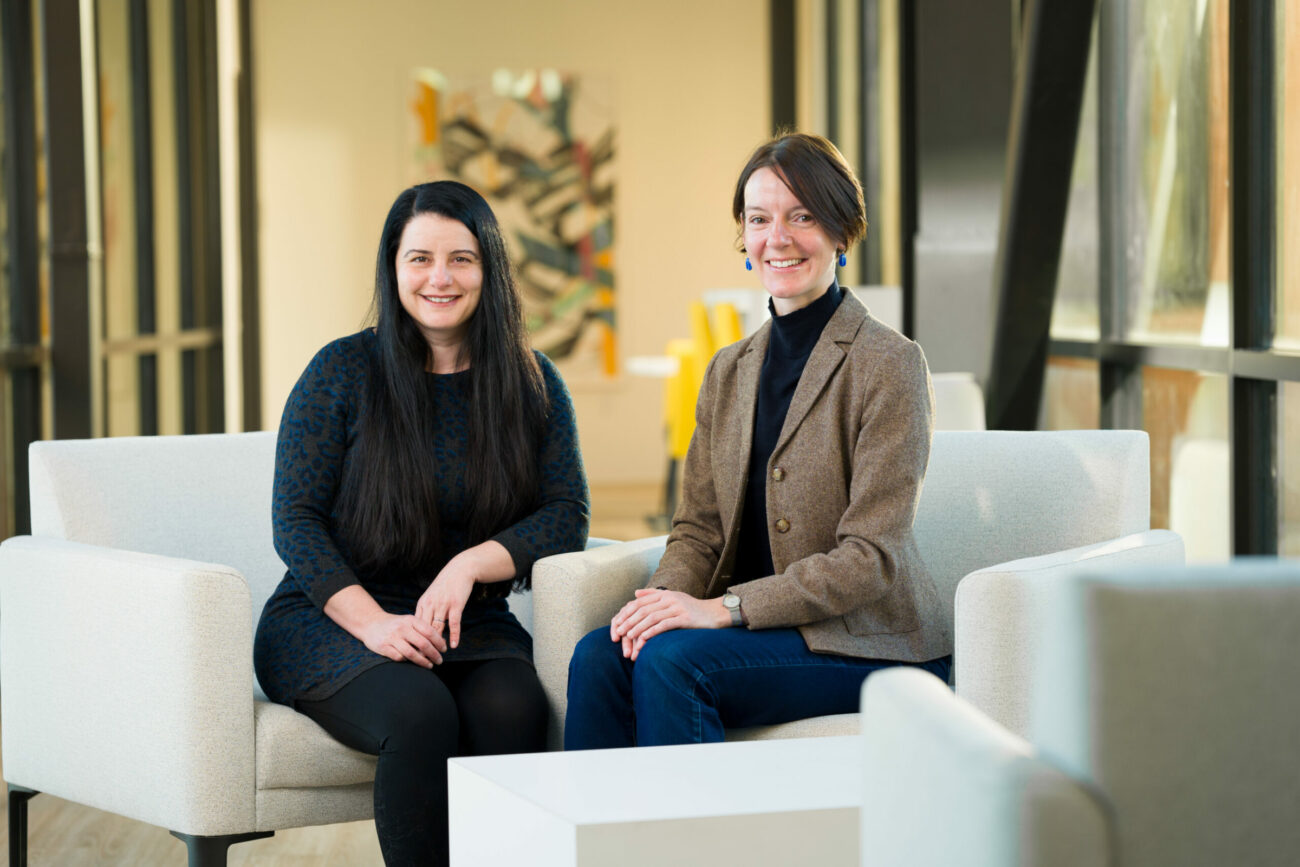Living The Impossible Dream: Linda King Newell’s Life Was Anything But Ordinary
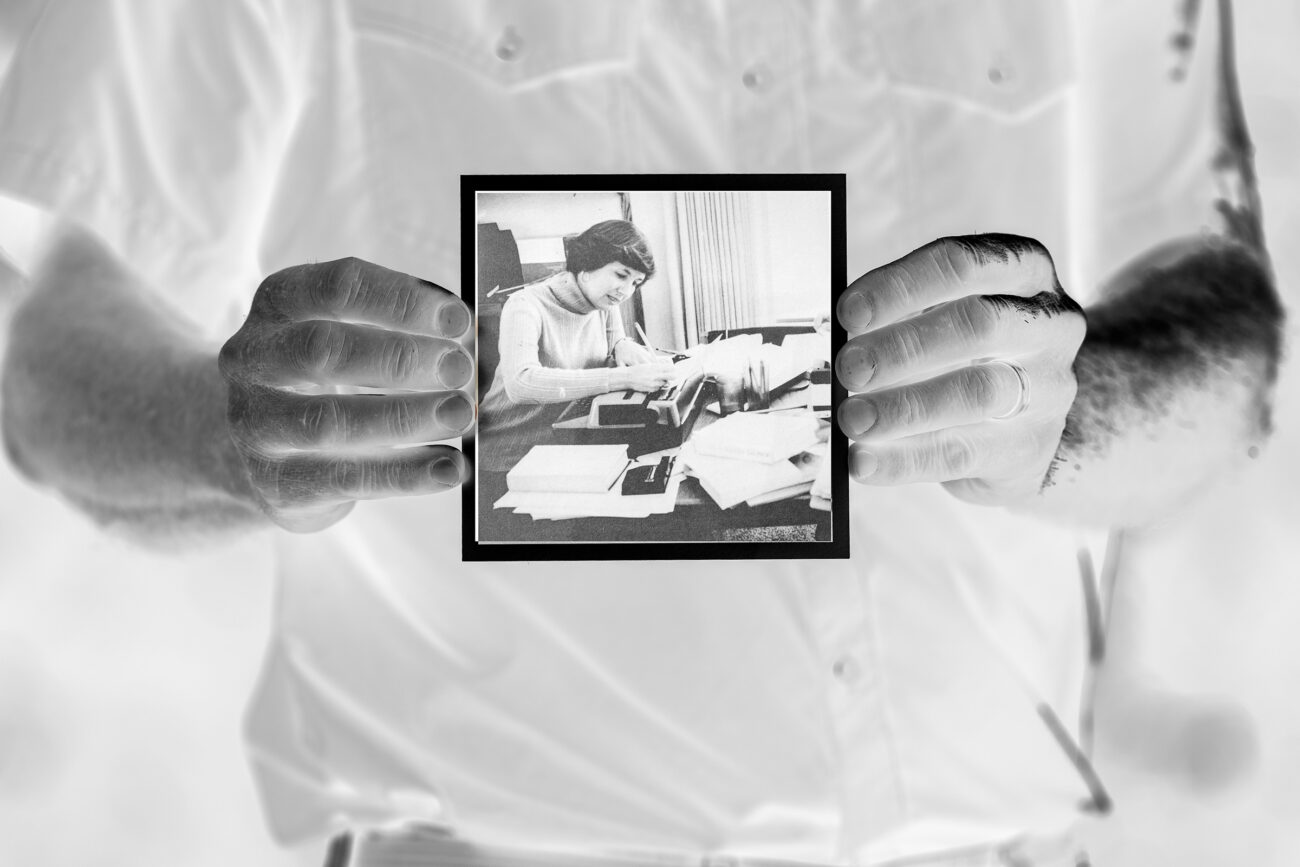
Raised in tiny Filmore, Utah, Newell became an influential author, artist, and advocate
By Timothy R. Olsen ’09, ’18 M.B.A.
Linda King Newell, an influential historian, author, and advocate — arguably best known for co-authoring the groundbreaking book “Mormon Enigma: Emma Hale Smith” — left an indelible mark on the world. Her dedication to historical research, passion for the arts, and desire for knowledge profoundly impacted all those who crossed her path.
“Her life was the impossible dream,” says Chris (Christine) Newell, the oldest of Newell’s four children. “Growing up as this poor kid in rural Utah whose parents both really struggled with alcohol dependency and finding her way out of that to this beautiful life and a really significant career and contribution to the world, it was the impossible dream.”
A 1963 Utah State University graduate, she died in February at the age of 82, leaving a lasting impact and legacy throughout the world, state of Utah, and USU.
Along with the publication of her book in 1984 (which she co-authored with Valeen Tippetts Avery), Newell’s “impossible dream” included multiple awards and honors, various other published works, and a passion for the arts that led to the creation of the Zion Canyon Mesa retreat — an “arts and humanities center where writers, scholars, and visual artists can work on designated projects.”
A few of the numerous accolades Newell received include the Mormon History Association’s Best Book Award and interpretive history prize. Her desire for knowledge and dedication to research and to her craft are reflected in awards as well as the memories and attitudes of her children.
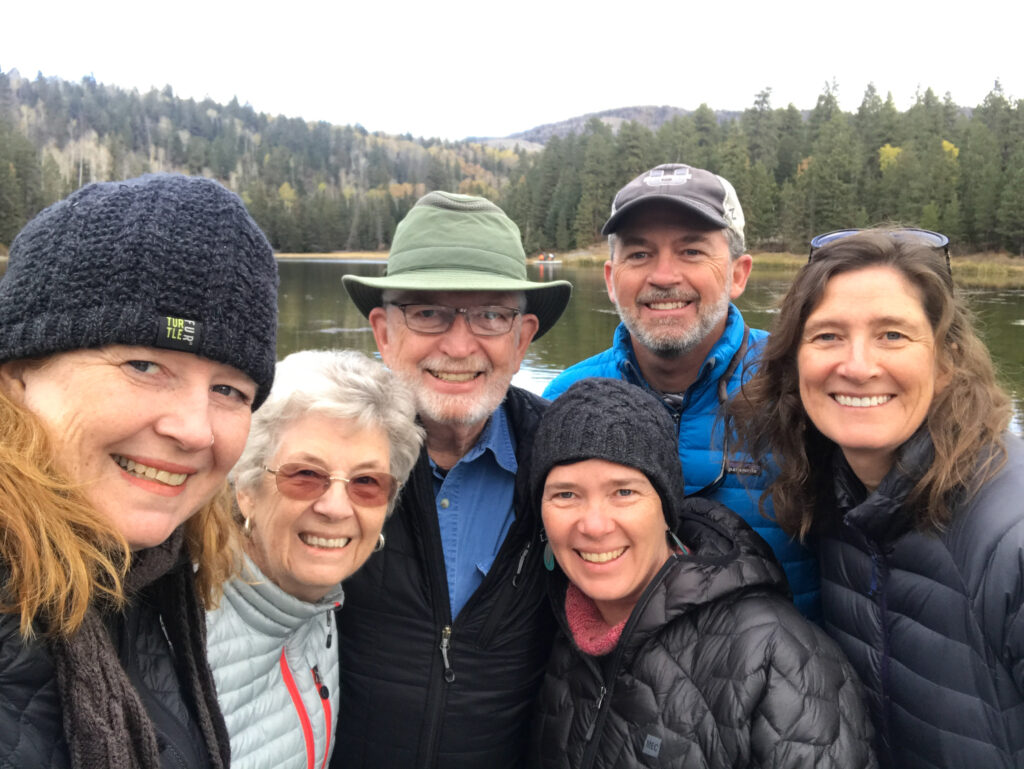
The Importance of Experiential Learning — an Aggie Family
When it came to the pursuit of higher education in the Newell household, Chris, Jennifer, Eric, and Heather Newell all said it was never a question of “if” they would go to college. Rather, it was simply understood that they would. And, despite navigating drastically different paths, all four followed in Linda’s footsteps by graduating from Utah State University.
“They certainly were predisposed by Linda’s very positive experience as a student at USU. And her sense of loyalty to the place,” says her husband of 59 years, L. Jackson (Jack) Newell, about his children becoming Aggies. “(Linda) was a first-generation college graduate. And so I think an institution earns a special loyalty from people who are doing it for the first time.”
Similar to Linda’s path, which started at the College of Southern Utah before finishing up at USU, her children’s paths were anything but linear. As the oldest, Chris (’88) was the first to attend USU, despite Jack serving as a dean at the University of Utah at the time.
Both Newell parents encouraged their children to “go away” for school and USU was the perfect fit being far enough away for independence, but close enough to travel home when needed.
Jennifer (’91) was the next to attend USU, and both she and Chris took advantage of the National Student Exchange program to spend a year learning at universities of Georgia (Chris) and Oregon (Jennifer). Jennifer also spent a quarter abroad, studying in Mexico.
Eric and Heather were the final two USU graduates, both earning their undergraduate degrees in 1998. Eric, who is the director of experiential learning and technology at the Edith Bowen Laboratory School on the USU campus, added a master’s in 2003 and a doctorate in 2018.
Meanwhile, Heather’s path to a Utah State degree was the most winding, as it included three months doing a “semester at sea,” and three semesters at universities in Maine through the National Student Exchange program. Like her older brother, she also now works for USU, having recently started a position in the School of Teacher Education and Leadership as a faculty member and program coordinator.
“(My mom) saw education as the pathway to achieving whatever it was in life that she knew she needed to do,” says Chris, who added a master’s degree from USU in 1991. “I believe that’s what the real impact of a good liberal education is — it opens you up to the possibility and opens you up to parts of yourself that you haven’t known before. I think that was a real example for us.
“I have to say, as an adult, I have a much bigger appreciation for her. She’s just such a badass, and I have a much greater appreciation for her professionalism. Once I became a professional woman, and really could understand the struggles and the challenge, and really what it took, I realized that she did all this and raised four kids. And she did have a real impact on the world.”
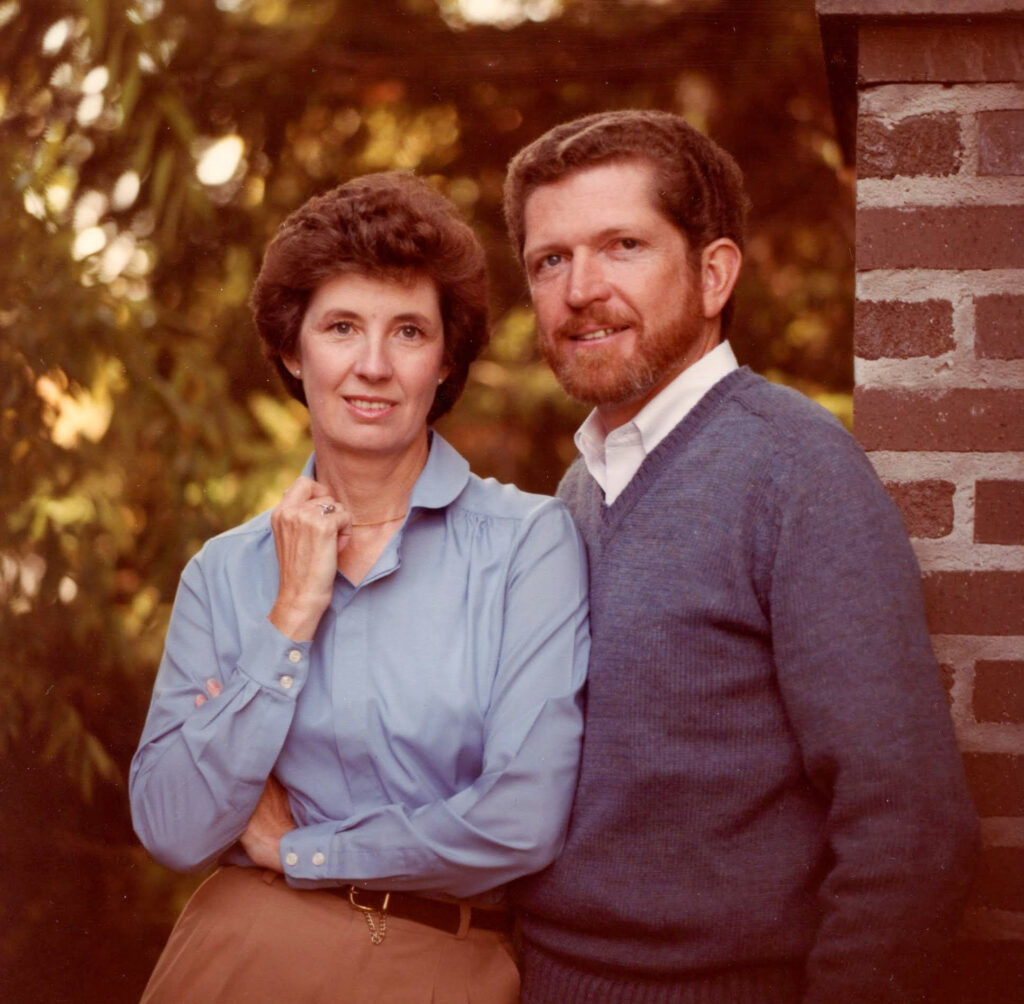
A Small-Town Girl, A Great Big World
A direct descendent of Mormon pioneers — all eight of her great-grandparents traveled across the plains — Linda Newell grew up in the small central Utah town of Fillmore as the second of five children. In spite — or maybe because — of her turbulent home life, she found a sense of community with her local congregation from The Church of Jesus Christ of Latter-day Saints.
“My mom didn’t always talk that much about her childhood, because it was hard — she did grow up in really difficult circumstances,” Jennifer remembers. “So, I think we clung to some of the things that she would say when she would talk about it. But I think definitely she had community mentors and people that just kind of looked out for her and guided her in different ways.”
After graduating from Millard High School, some of that guidance led her to the College of Southern Utah (now Southern Utah University) for two years before transferring to Utah State to complete her bachelor’s in art and education. During that time, she spent her summers working at Bryce Canyon National Park and the North Rim of the Grand Canyon.
There she met people from all over the world. She also met Jack — at the time a graduate student at Duke University — whom she would marry in 1963. He was working as a firefighter at the North Rim that summer.
In 1961, Linda had the opportunity to visit the East Coast as part of a Drama Club trip. The club traveled across the country by bus to New York City, where they saw five Broadway shows and an opera before visiting Washington D.C. and the White House. During a tour arranged by Utah Senator Frank Moss, Linda met President John F. Kennedy and then-Vice President Lyndon B. Johnson.
According to her family, Linda said this trip had a significant impact on her and really opened her eyes to the endless possibilities that existed in the world.
“She recognized that this young woman from Fillmore, Utah, could go and have these broad experiences and be exposed to these huge and really important things,” Jennifer says. “I think that also built her confidence. And that with every step you take that opens your world up, then more worlds open up, right? … So, I think that those kinds of experiences were huge.”
Several years ago, Chris remembers the Newell family embarked on what she called a “heritage tour,” which included a visit to Linda’s Fillmore home. While there, the matriarch recounted an experience to her family about walking home from high school one day. She stepped over an irrigation ditch just outside the home and thought to herself, ‘I have to get out of this place. There is something I have to do in this world. I had no idea what it was. All I knew was that there was something bigger for me, and I needed to get out.”
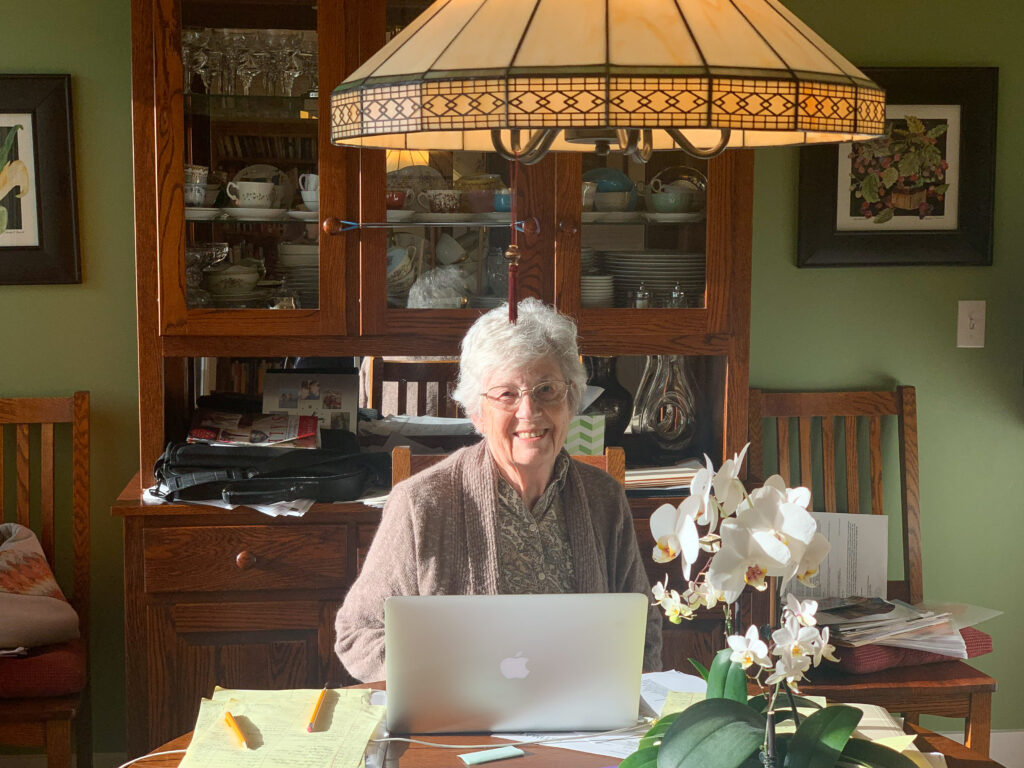
Emma Hale Smith and the Book That Changed Everything
In 1974, Linda began working on a book detailing the life of Emma Hale Smith, the wife of Joseph Smith, the founder of the Church of Jesus Christ of Latter-day Saints. Up to that point, there was very little historical literature focusing on Emma Smith and her journey through the early days of the church. Newell and Valeen Avery set out to tell that story.
“That book was written on a typewriter. I can still hear the sound of that typewriter. She was always in her study, the keys pounding away,” smiles son Eric Newell as he reminisces while sitting in his office on the USU campus. “I don’t know how many hours of my life ended up at AlphaGraphics copying manuscripts that she could send down to Val Avery, her co-author, in Flagstaff (Arizona), but I remember passing a lot of time there at copy centers, before everything was electronic.”
After nearly a decade’s worth of work, the “Emma Book,” as it is fondly called by Linda’s family, was published in 1984. Initially, Jennifer remembers there being an excitement for the book by leaders and members from their local congregation, as well as other members of the faith. However, that excitement soon turned sour as Linda and Val found themselves squarely in the crosshairs of church leaders.
At the time of the book’s publication, the official stance of the church regarding Joseph Smith and his involvement in the faith’s practice of polygamy differed from the research on Emma Smith uncovered by Newell and Avery. At one point, they were supposed to speak at an anniversary event in Idaho commemorating the Relief Society, a Latter-day Saint church group founded by and consisting of women, but their invitation to speak was rescinded.
“I feel like when my mom and Val Avery set out to write that book, it was empowering to say, ‘We can write a book, or write and tell the story of somebody that has never been told before,’” Jennifer says. “But it never was with like, ‘Oh, we’re going to expose,’ you know what I mean? So, I think the whole time, they just really felt empowered to write and tell the story of someone that was misunderstood in the LDS church and someone whose story hadn’t been told.”
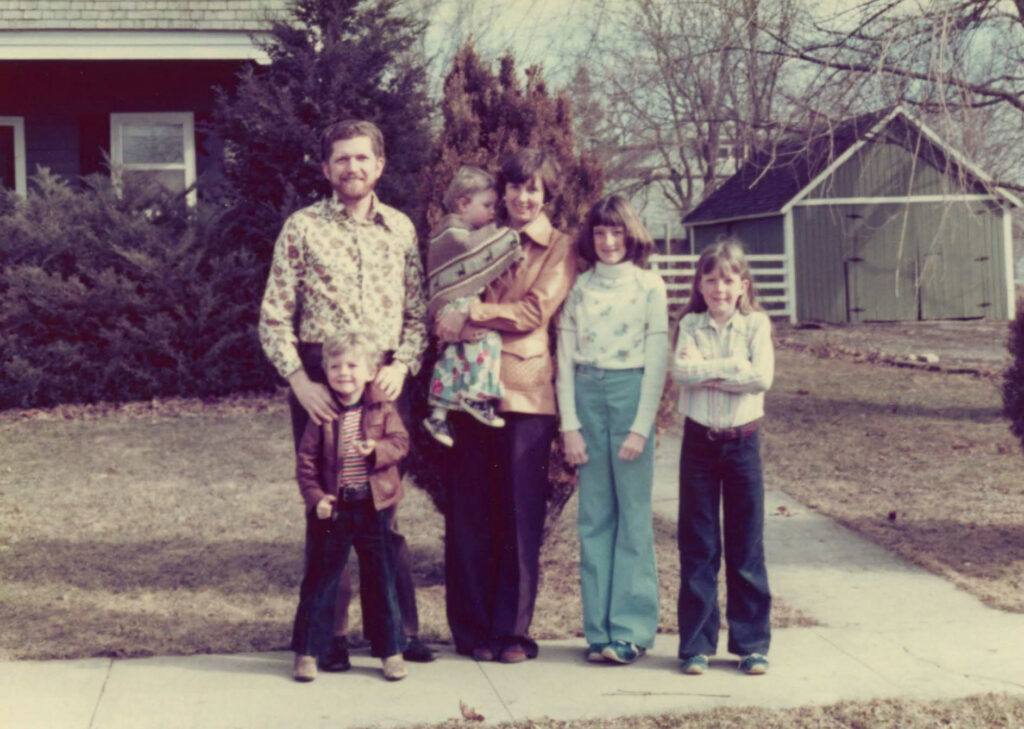
Beyond Writing, A Passion for The Arts
Shortly after completion of the “Mormon Enigma,” Linda received a scholarship to attend the Hedgebrook writer’s retreat on Whidbey Island in Washington. Located right on the Puget Sound, the retreat is “a literary nonprofit (whose) mission is to support visionary women writers whose stories and ideas shape our culture now and for generations to come.”
“Linda went up there and spent three or four weeks … and was able to write in peace and tranquility,” Jack remembers. “She was so inspired by that she began talking early on about how wonderful it would be to create something like that in Utah.”
Writing wasn’t her only passion, though. She also loved painting and could find beauty anywhere say her children. Whether it was arranging flower bouquets on a table or beautifying the campus of Deep Springs College — located just on the California side of the Nevada-California border, just outside Death Valley National Park — where Jack served as president from 1995-2004. Linda also painted each of her children portraits and then moved on to the grandchildren after that.
Through it all, she worked tirelessly through the decades to establish the Zion Canyon Mesa retreat in Springdale. Located just outside Zion National Park, the retreat — which is now near completion — is the realization of Newell’s dream and a lifetime of overcoming obstacles. One of the residency cabins is even named the “Linda King Newell House of Grand Dreams” in her honor.
“It almost fell apart, I’m serious, like 50 to 100 times … and she just kept at it. She never gave up on that,” says Heather, the youngest of Linda and Jack’s children. “She had no business doing all this stuff, but she just did it because she’s so passionate about it. I don’t know if it was just ignorant bliss or sheer determination, but it was amazing that she never gave up on that place because most people would 100 different times — and she just kept going. She was so passionate about it and really wanted to see it through. I think it was kind of a culmination of all these elements of her life.
“Because of the circumstances she grew up in … I don’t think she ever felt like she was enough. And so, I think that made her extremely ambitious. I just like to try to send messages to her, wherever she is, that it’s OK. It’s OK, Mom, you did enough.”




